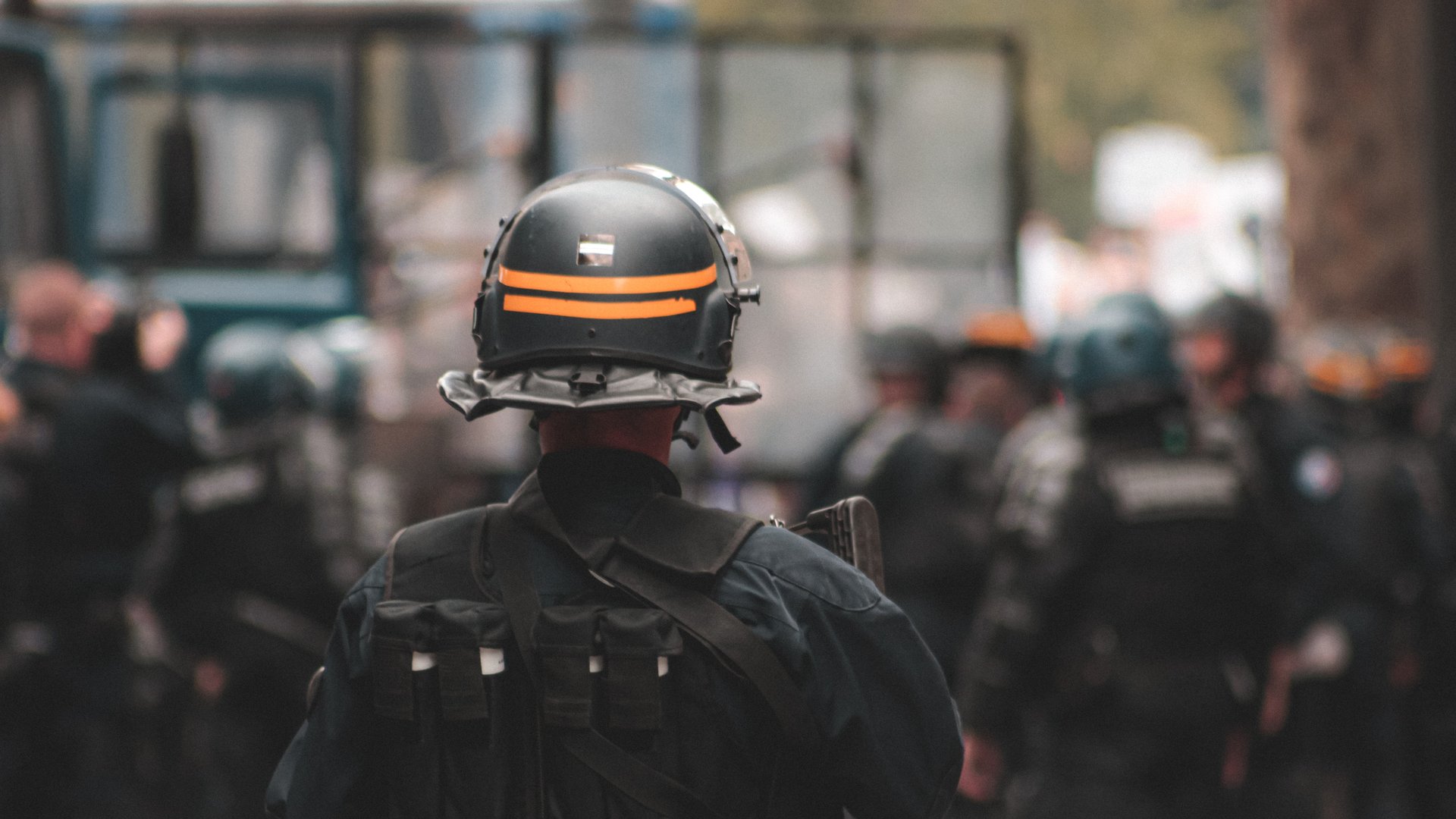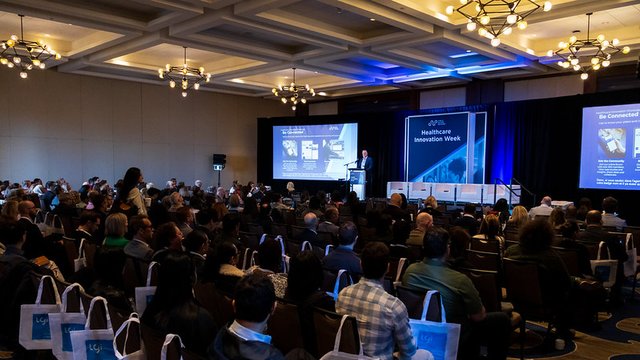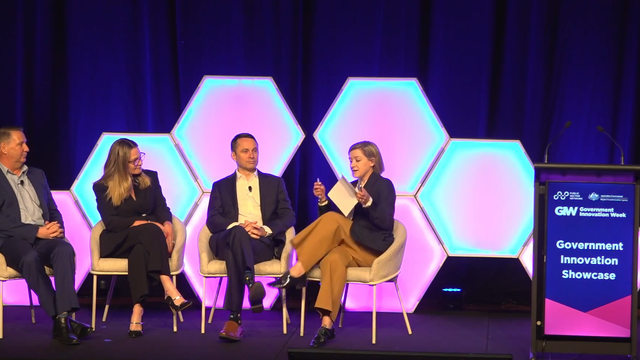

A shift from law enforcement to community-based approaches
Policing has traditionally been associated, quite rightly, with law enforcement. This will undoubtedly always be at the core of what policing is about, but it is not the sole purpose of a well-functioning police force. In fact, it was Sir Robert Peel, the former Prime Minister of Britain and founder of their police service, who said, ‘the police are the public and the public are the police; the police being the only members of the public who are paid to give full time attention to duties which are incumbent on every citizen in the interests of community welfare and existence’. In other words, whilst law enforcement is what the police are known for, looking after the many and varied needs of everyday citizens is what the police should be doing.
This is a point that Suelyn Knight, the former Executive National Advisor for Race-Based Data Collection at the Royal Canadian Mounted Police, emphasized when she said that the police have a responsibility for community welfare and community well-being. As much as some may be saying that policing is making a shift from enforcement to community-based approaches, the truth is that this premise was there all along. However, in the last few years at least, if not for numerous years before that, police have actually been doing so much more. From responding to mental health calls, to dealing with all sorts of community issues and emergencies, police are always on the frontline. Police have always been engaged in community matters; it’s just that now those efforts are being recognized and appreciated. As such, the modern era of policing is less of a shift and more of an opportunity to embrace what policing has always been about.
Taylor Sayers, the Director of Corporate Services at UCCM Anishnaabe Police, an Indigenous partnership police service in Ontario, agrees that what has changed is not necessarily the premise, but the language and the focus. Officers are not just responding to calls, they’re actually going out to events and interacting with community members in a positive way. Most new recruits join the Force because they are bright eyed and want to change the world. Daily police work however numbs some of their passion and desire, and therefore community engagement is so critical… Officers need these opportunities to get back to doing that community engagement. Along with that, the right kind of training needs to accompany the engagement. We’ve been talking about it for quite some years in Ontario. Now for the first time we are implementing the training, which is focusing on communications – how to have effective conversations, how to de-escalate situations and how to provide crisis intervention. Ultimately it is up to each coach or trainer to provide what is necessary for each community, because the goal is to positively contribute to the community, but sometimes you just get caught up in a system where you forget how to do that. Obviously leadership is a big part of it too.
Communicating in a different way
Suelyn Knight says that as much as some of the communication techniques can be taught, and of course training and continuous improvement is important, in reality it is as simple as going up to people, having a conversation with them and getting to know them in a non-threatening way. Some people don’t always have the confidence or skills to do that, and that is where leadership is important, creating the space for folks to be able to do that. But it is not just about the space or opportunity. Junior officers also model what they see that’s important to their leaders. That’s when change happens. This extends to other areas too, particularly in the fields of diversity, equity and inclusion. The accepted worldwide phrase is ‘you can’t be what you can’t see’. In Toronto for instance, we had a gap and an opportunity to create something that’s going to withstand the test of time, and it too started with simple conversations, in their case about things like race, racialization and human rights. Officers were keen to talk about such issues with superiors or others, but didn’t feel empowered to do anything about them. Over time, with leadership modelling, a safe space and an ability to practice and make mistakes, this began to change.
In terms of a police force, it wasn’t enough however to just talk about race or to try and be more accommodating. The Force itself had to change. We needed people with different lived experiences and from different backgrounds. Initially even recruiting them was difficult but then once they were members, bringing the community to the table also resulted in uncomfortable conversations. The Force however learned very quickly that it won’t be pretty at first, but the fact that people show up is an indication that change is possible. This is true irrespective of the topic or issue being discussed, but it also helps if the conversations are not done in isolation. In other words, policing is just one institution within a community. We need to recognize who is not at the table and partner with others to create a genuine cultural change across the whole community.
Taylor Sayers says that it really comes down to the fact that the community needs to know that someone is there for them. Police are in the community and if they can come up to people and simply ask how is your day going today, that will make a huge difference. Some will of course not be open to talking or sharing, but for those that are open to it, such a conversation could change their lives. But it is not just about the community outside of the station. We very much into modernization within policing. We often say here’s a new piece of technology, away you go, but then we see it abandoned a few months later. Why does that happen? Because we never showed them how it works and they were too embarrassed to ask. We can’t leave our own people behind either. This is how policing needs to change as well. It is about the community and about communication, but it is also about our members. They need to be safe, and they need to be provided with support as well.
A turning point
In North America and many other parts of the world, Suelyn Knight says that the murder of George Floyd was a light bulb that went on for some folks. For the first time they paid attention to the mental health of racialized individuals within their organizations. In many cases, this opened up conversations about race in the home, within their families, and it shone a spotlight on mental health in general. But all of this needs to be culturally appropriate. All of these conversations look different to different people, and we need to be aware of that. Ultimately, it takes a certain level of vulnerability to admit that I don’t know or don’t have all the answers, but this is something that is important and I want to figure it out. Race, mental health, gender issues and a whole bunch of other matters are now much more important to the community than they ever were, and should be just as important to the police. These are values we need to continue instill in our organizations, and to model the appropriate behaviours. We need to show that we care as much as the community does. Taylor Sayers says that leaders have some very hard decisions to make. They can go down the easy route and continue as they were, or they can change their organizations from the front and make a positive contribution. We need the support of our members and our community to make the difference we want to see.
Featured Speakers:
- Suelyn Knight, former Executive National Advisor, Race-Based Data Collection, Royal Canadian Mounted Police
- Taylor Sayers, Director, Corporate Services, UCCM Anishnaabe Police

































